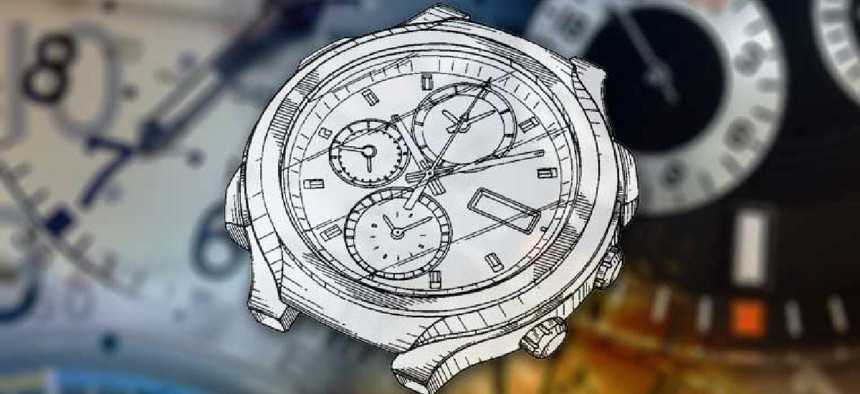Patent Office looks to AI for image searches


Connecting state and local government leaders
The United States Patent and Trademark Office wants to know whether artificial intelligence is mature enough to help with image searching in design patent applications – those that protect the way a manufactured item looks and works.
The United States Patent and Trademark Office wants to know whether artificial intelligence is mature enough to help with image searching in design patent applications – those that protect the way a manufactured item looks and works.
In a request for information, USPTO said it is looking to expand the tools available to patent examiners who, in the course of their reviews, compare what it in the patent application to already existing public references, or “prior art,” to back up a patent’s claim of novelty.
Because design patent examiners have only a limited amount of time to search through an increasingly vast pool of knowledge, image searching is critical -- and comes with challenges of its own.
A prior art search is looking for similar images, but it is more like “looking for a needle that did not already exist in an ever growing haystack,” USPTO said. Even when today’s internet search tools find similar images, the examiner must still be able to identify unique visual features that may not be readily available. Additionally examiners require a secure database and data exchange process for uploading sensitive, unpublished, proprietary data into the search engine.
Examiners “need better results, not more results,” USPTO said. It defines “a better prior art search” as one that includes combs through patented designs from around the world, ranks them by relevancy and contains germane visually germane features to help examiners determine novelty and non-obviousness.
A secure AI-based image search would allow examiners to quickly compare uploaded confidential application images with publication-date-verified images. Results would contain high-quality, large-view images that examiners could use to inspect minute details.
To ensure the system improves with use, the AI search tool should be scalable, continually updating with new data, and incorporate passive and active user feedback to improve the AI-powered results.
Finally, the AI-based search must be explainable. “As a federal agency, it is important for the USPTO to be able to explain all prosecution decisions made. Because of this, solution capabilities must be transparent to the USPTO and as well as to the general public,” the patent agency said. “Black box solutions will not be accepted.”
Responses are due Oct.14.




